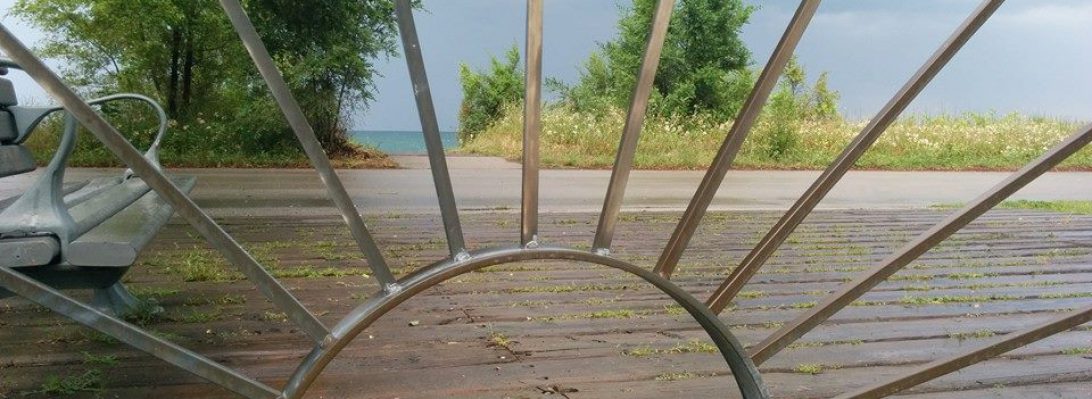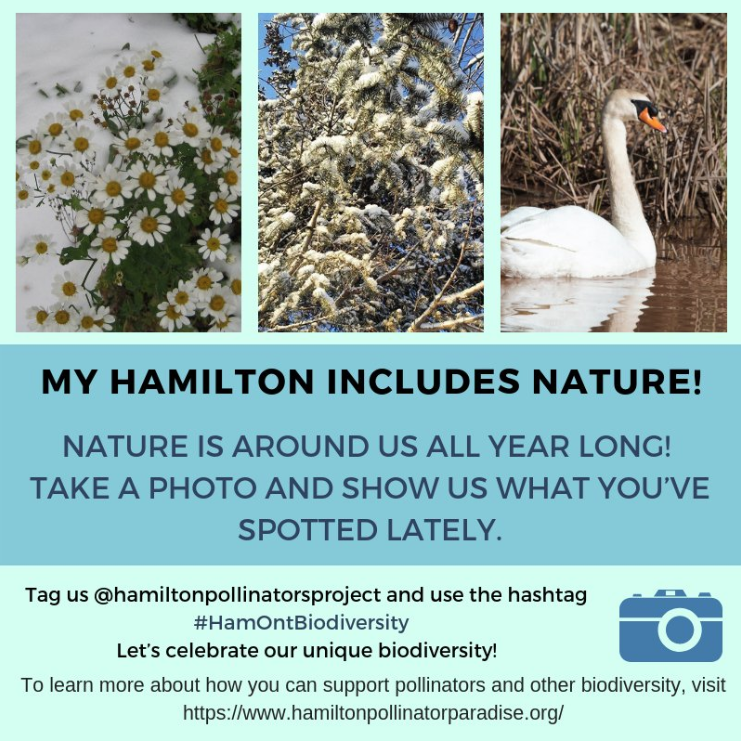The Air Quality Health Index monitoring station in the Beasley neighbourhood continues to measure the highest PM2.5 levels of any station in Ontario, writes Beatrice Ekoko.
OPINION Dec 10, 2018 by Beatrice Ekoko Hamilton Spectator
I’ve become obsessed with measuring my personal PM2.5 exposure. That’s respirable, fine particulate matter, the cause of respiratory illnesses and lung cancer, one-eighth the diameter of a human hair, viewable only with a microscope, so tiny that it can cross right into our bloodstream via the surfaces of the alveoli in our lungs. Any form of burning (combustion), can lead to particle pollution. My family is getting annoyed by my frequent calls for their attention concerning the state of our indoor air quality. They resent my minute-by-minute report from the hand-held everywhere I go these days. The monitor uses a laser system to read the particulate levels in the air within a 0.1 cubic foot volume. It’s unsettling how intimately and immediately levels can climb — feels like a violation. But my cries of “burnt toast is fouling the air in here!” and “smoking a bowl of weed has the readings on the monitor skyrocketing” are met with groans of exasperation (compare the readings in the kitchen at 33,000 to a good air reading at the 150 range, I’m not being dramatic).
And this is the inside of my house, where I have things I can do to avoid PM exposure such as opening a window, installing a hood range, smoking less weed. But what about outside? What about things I can’t control, like the PM2.5 exposure from vehicle tailpipes, road debris, road salt, dust?
Take a walk on any given day, through the core of our city. It’s not sweet. Hamilton continues to have some of the worst air quality in the provinces with the provincial Air Quality Health Index air monitoring station in the Beasley neighbourhood continuing to measure the highest PM2.5 levels of any station in Ontario. You will notice, as you walk along our arterials, accompanied by roaring, PM spewing 18-wheeler industrial trucks shortcutting through the core of our city, that the air monitor measures well above healthy levels. Passing by the school crossing guard I count myself fortunate to not be in her shoes, having to stand in the middle of traffic while crossing schoolchildren, so close to school bus exhausts and idling vehicles.
I worry. The kids walking to Hess school or playing in the schoolyard are surrounded by traffic because the school sits at York, Cannon, and Queen. Not to mention the noise pollution, the odour of fumes, the busyness, and danger of these arterial roads. I’m in sensory overdrive, and I’m an adult. What about the kids? One wonders why they have planted a school in the worst possible location, where some of the most vulnerable of our population get their tender lungs filled with large daily doses of PM2.5. It’s an equity issue: poorer communities that live, work and play by highways suffer from poorer health. They are likely to have higher rates of asthma. They are likely to die prematurely.
We are told that Hamilton’s airshed is a complicated affair. There’s our geography — the shape of the landscape, the escarpment that hugs the city acts as a bowl, cradling the bad air, the lake, these all influence our air quality. Prevailing winds that carry pollutants from the industrial core that contribute greatly to the complexity of our air challenges. With transboundary pollution (pollution that comes over outside of Hamilton), there’s not too much we can do except to urge government to continue working with other jurisdictions to improve air quality.
Granted, our air quality has improved since the happy decline of smog days, but there is much to be done to make it better for everyone because there is really no safe level of exposure to PM2.5. However, a legally binding PM2.5 standard with concentration guideline limits, like they have in places like Sweden would go a long way in Ontario. For starters, we can make choices about how we move around the city; walking and biking are zero emissions options.
We can take cleaner air routes and avoid busy roads. A British study showed that taking a side street route when walking through a city cuts a person’s air pollution exposure by half. We can speak up when the truck reroute review comes out in early 2019, to say that industrial trucks need to stay on the perimeter truck-route ring. We can work together to transform our streets to healthier streets with more trees and green spaces along our routes.
Beatrice Ekoko lives in Hamilton


 Please visit
Please visit 


